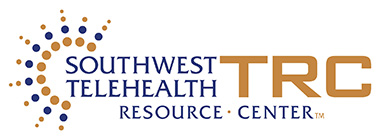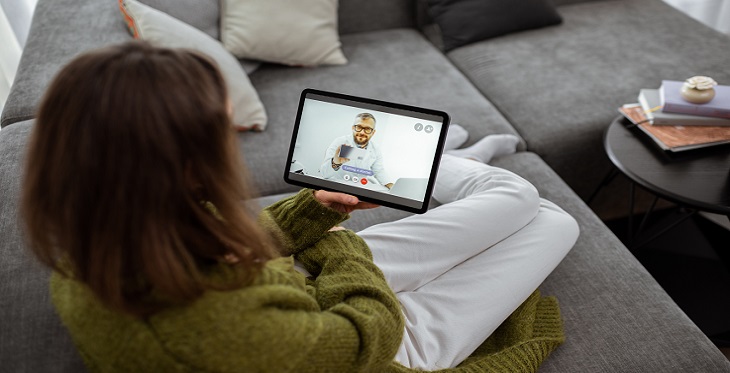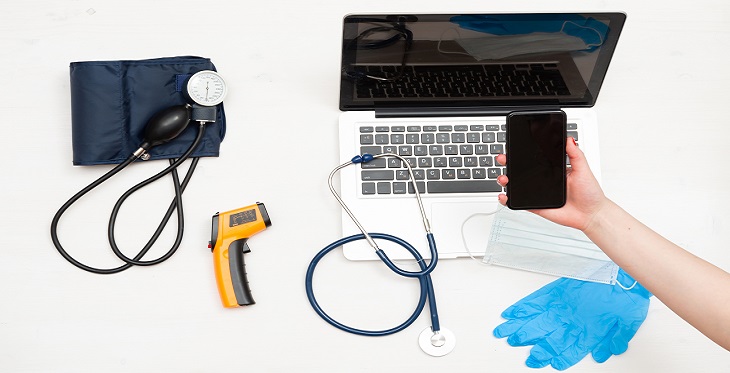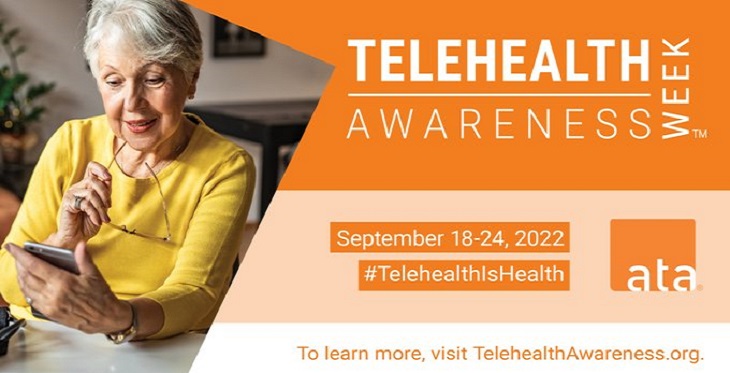Assistance with virtual visits and technology is available at the VA
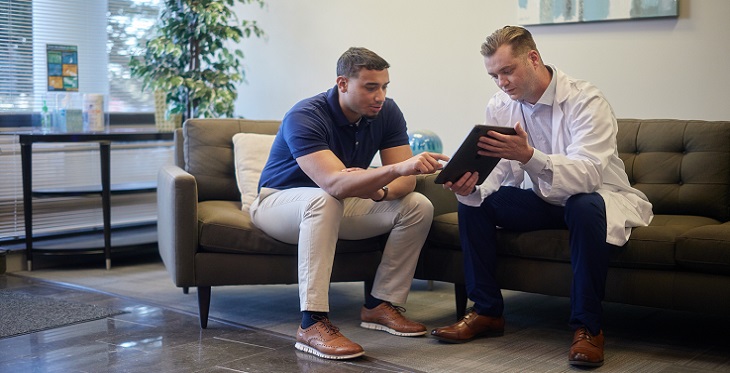
Have you ever had patients say that virtual visits and technology are difficult? Have your patients avoided virtual visits due to their lack of comfort with virtual care? Have your patients ever asked for a resource center or for someone to practice virtual sessions with to overcome any challenges? The Veterans Health Administration has numerous approaches to help veterans with virtual care and technology adoption.
